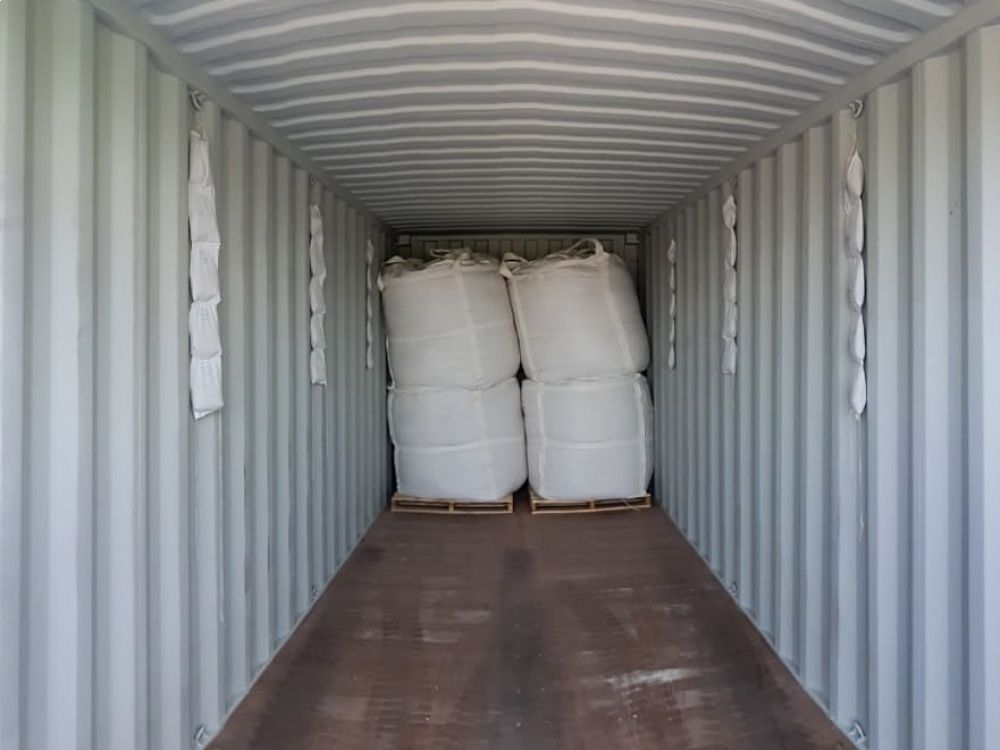Rain effect in containers: how to reduce and eliminate it with SILDRYs
Those who have to ship goods, especially valuable goods, in a container are particularly afraid of...
Read more

In an increasingly globalised market, around 20 million containers reach the sea every day and the goods transported are exposed to the risk of damage caused by condensation and excess humidity inside them.
The hygroscopic bags and chains offered by Silital under the trade name SILDRY protect products from moisture during transport and storage.
The bag contains a mixture of calcium chloride (CAS No. 10043-52-4) and a natural gelling agent.
The casing is made of breathable non-woven fabric with PE/PET fibres, capable of retaining the absorbed moisture in gelled form.

Contact us for more information

SILDRY has the task of neutralising the formation of condensation in closed rooms and packaging, maintaining product characteristics and guaranteeing high quality goods.
The moisture naturally present in the container risks damaging the product during transport and storage and creates, when added to that of the cargo, a tropical microclimate that causes water vapour to penetrate the packages and damage the goods.
The result is the creation of condensation that, as it forms and dries continuously, first dampens and then stains the goods, damaging them repeatedly and often irreparably.
This is why the container dehydrating bags offered by Silital become the indispensable tool for preserving product quality, eliminating this problem and drastically lowering the internal percentage to such an extent that condensation is prevented.
Hygroscopic salts are dehydrating salts that absorb moisture from the air within their porous structure, and thanks to the specific action of calcium chloride, SILDRY is particularly active when relative humidity exceeds 40 per cent, protecting goods even for a long time during transport.
Moisture is nothing more than the amount of water contained in the air around us, and depending on the size of the container, dwell time of the loaded material, and type of material, one can then calculate the need for bags.
The dehydrating bags can be placed in the container in different ways: individual bags can be spread either on the floor or on the roof of the crates (space permitting) or, alternatively, if the type of load permits, a good placement is the hygroscopic chains of 6 bags, such as those proposed by Silital, which can be hung transversely at the top of the hooks on the side walls of the containers.
This particular format allows dehydrating chains to be applied directly inside the packaging.
If you need to protect goods during container transport, this is the right product.
Contact us to find out more!


